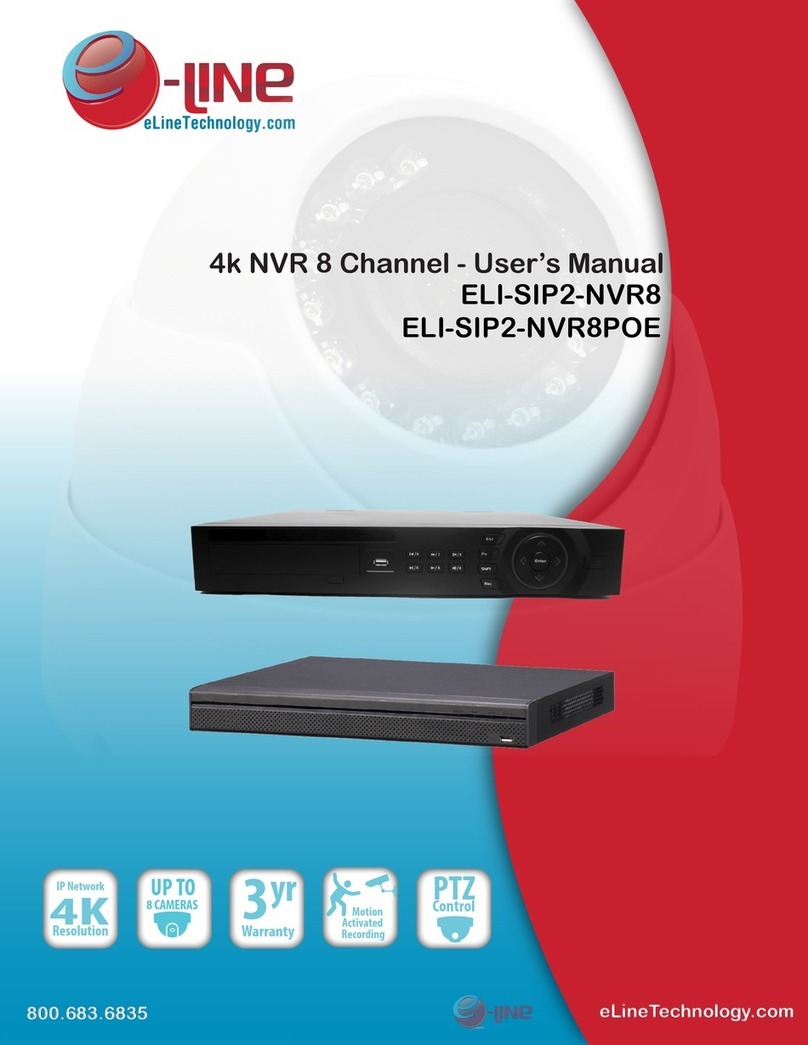- 2 -
Contents
1 Specification .........................................................................................................- 3 -
2 NVR networking solutions................................................................................- 5 -
3 Hard drive .............................................................................................................- 7 -
3.1 Hard disk recommended ............................................................................................. - 7 -
3.2 Days of recorded ........................................................................................................ - 7 -
3.3 Installation .................................................................................................................. - 8 -
4 Basic operation ...................................................................................................- 10 -
4.1 Front panel description ............................................................................................. - 10 -
4.2 Rear panel description .............................................................................................. - 11 -
4.3 Startup ...................................................................................................................... - 12 -
4.4 Shutdown ................................................................................................................. - 13 -
4.5 Login ........................................................................................................................ - 13 -
5 Quick setup.........................................................................................................- 15 -
6 Live Video ...........................................................................................................- 21 -
7 Video Playback ..................................................................................................- 25 -
7.1 Video Playback ......................................................................................................... - 25 -
7.2 Video Backup ........................................................................................................... - 26 -
8 F.A.Q ....................................................................................................................- 30 -





























